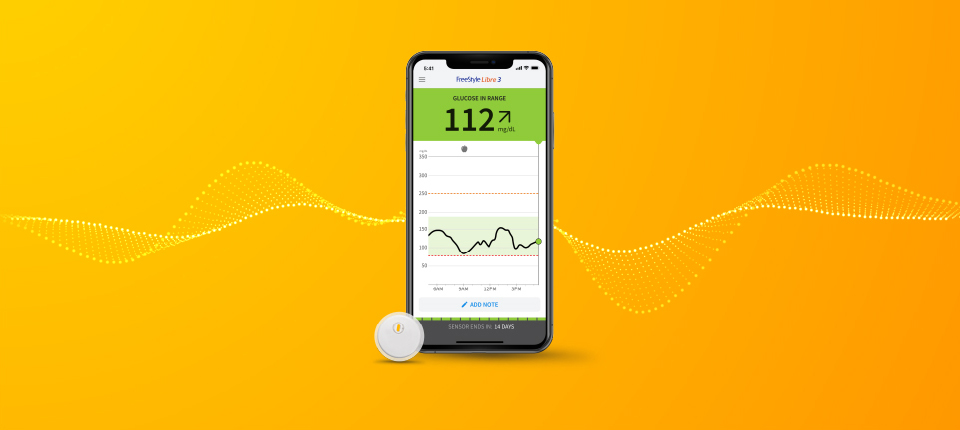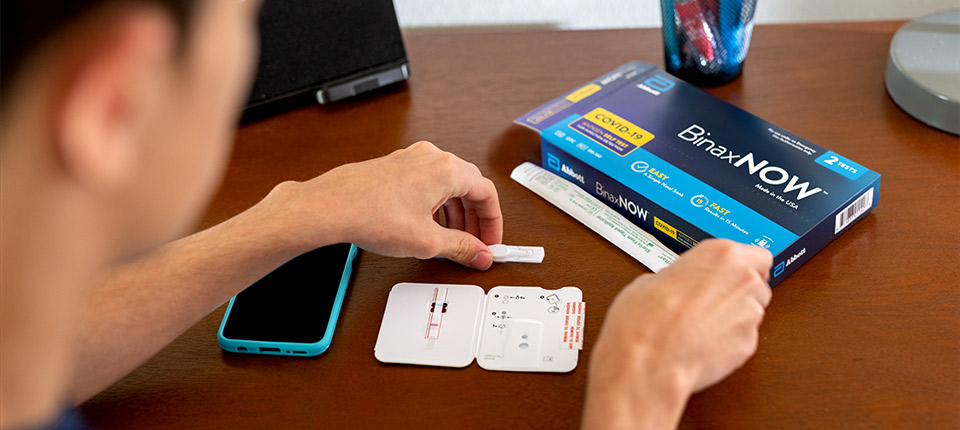With diabetes, knowledge is power...
We can consider how to prevent diabetes, but, for some, there's simply no way to. For all, however, diabetes is manageable. Knowing how to do so properly is the key to a healthy life.
About 9 percent of Americans have been diagnosed with type 1 or type 2 diabetes, according to the CDC. That's nearly one-tenth of the U.S. population, which means diabetes can touch all of us in some way.
If you don't yet have a broad knowledge of diabetes or, even, what healthy glucose levels look like, don't worry. You can easily learn. The first step on the road to understanding this condition is to recognize the differences between type 1 and type 2.
Type 1 Diabetes
Formerly called juvenile or early-onset diabetes. Having a parent, brother, or sister with type 1 diabetes means that you could be at risk even if you don't have any signs or symptoms. Over time, the body attacks the insulin-producing cells of the pancreas, completely destroying the pancreas' ability to produce insulin, the hormone that regulates blood sugar and keeps your body at healthy glucose levels. After diagnosis, people with type 1 diabetes must take insulin, requiring several injections per day or use of an insulin pump.
Hypoglycemic episodes (periods of low blood sugar) are also more common with type 1 diabetes. Hypoglycemia can progress quickly and should be treated immediately. The American Diabetes Association (ADA) has several recommendations to bring your blood sugar back to a safe level, like taking glucose tablets or gels, eating candy, drinking juice or injecting a hormone called glucagon. Family members of people with type 1 diabetes should know how and when to inject glucagon to prevent the complications of hypoglycemia, which can include loss of consciousness, coma and death.
Fortunately, new technology by Abbott is available in the U.S. to help people better manage their glucose levels by removing the pain and hassles of routine fingersticksi. By providing continuous glucose monitoring to track trends, Abbott is empowering people with diabetes and putting information at their fingertips — not sticking them.
Type 1 diabetes can't be cured, and treatment is ongoing over a lifetime. With careful management, good lifestyle choices and the development of newer and better technology, people with type 1 diabetes can have fulfilling, healthy lives.
Type 2 Diabetes
According to the ADA, type 1 affects only 5 percent of all people who have diabetes. The remaining 95 percent have type 2 diabetes, a condition that develops over time.
With type 2 diabetes, your body's cells aren't as sensitive to insulin, so your pancreas has to make more insulin to control your blood sugar levels. This is called insulin resistance. Over time, elevated blood sugar levels result in damage to your body's tissues, causing complications such as diabetic neuropathy, damaged blood vessels, kidney disease and vision loss.
Episodes of hypoglycemia can also occur with type 2 diabetes. They can be caused by some types of diabetes medications or taking too much insulin or not eating enough of the right food.
Keeping Both Under Control
Tools are available to help keep your blood sugar well-managed, including medications, diet and exercise as well as glucose monitoring, whether fingerstick glucose monitoring or continuous glucose monitoring. This monitoring will arm you with the knowledge about your disease and can help you manage complications
The FreeStyle Libre continuous glucose monitoring system is changing management for people with diabetes — both type 1 and type 2. The FreeStyle Libre system reduces the need for routine fingersticksi and makes diabetes care even easier. Having real-time information about your glucose levels can help you make smart decisions about your health throughout your day.
So whether you were just recently diagnosed or you're a veteran managing your condition, Abbott is developing products to help make diabetes care even easier and more effective so you can concentrate on living your best life.
iFingersticks are required for treatment decisions when you see Check Blood Glucose symbol, when symptoms do not match system readings, when you suspect readings may be inaccurate, or when you experience symptoms that may be due to high or low blood glucose






FOLLOW ABBOTT